Because integrated course is significantly more expensive than the modular course. At the same time, the modular course is more flexible, since you can continue with a job and do not have to live near the school. In addition, the modular course concludes with a certificate, that gives you more rights as a pilot compared to the integrated course.
By performing practical flight training at a place with more stable weather than in Denmark, instructors and aircraft can be utilized more efficiently. Students can avoid expensive extra training hours by participating in a concentrated, short course without many cancellations, which training in Denmark is often exposed to due to bad weather. One does not forget as easily from day to day as if there is a week or months between training lessons. At the same time, students who have been training in southern Europe become familiar with flying over foreign terrain and in a different airspace than in Denmark.
No, but it is expected that students will study at home.
Part of the theory course consists of homework with e.g. solving tasks. If you have a task you cannot solve, you can contact the instructor either by e-mail, SMS or telephone. Otherwise, you can wait for help until next time you meet for class instruction.
We fly the practical flight training in Southern Europe, where fees and charges are lower than in Denmark. The school does not have its own aircraft fleet, but leases aircraft. It provides better utilization of the aircrafts and thus lower hourly rates. All this is to the benefit for the students in the form of competitive prices.
See the price list.
See the price list.
Yes, you can contact the school and book a trial flight, where you can fly and control an airplane together with an instructor.
No. If you have a generally good health without any known diseases, you will usually be able to pass the medical examination. However, addiction to alcohol or drugs will always disqualify an applicant.
The school has a continuous teaching, so you can join a class almost the whole year.
Yes, that’s realistic. A few years ago BLUE AIR trained the youngest pilot ever in Denmark. He flew solo on his 16th birthday and passed the certificate skill test on his 17th birthday.
Even the best student can dump a test, but of course you can take the test again. Often, you will receive additional training before the next test. Re-examination costs a smaller fee.
No, you pay continuously during the course (pay-as-you-go).
No. At Blue Air we do not require any bank guarantee, as is usually required for integrated courses
The school is happy to provide advice and guidance on how to best finance the course.
Virtually everyone with primary school graduation can complete the theory- and practical training for pilots. You do not need to be a mathematical or linguistic student to pass the theoretical syllabus for the course. Many women today choose to live the dream of beeing a pilot, and airlines today hire both men and women.
January 01. 2020.
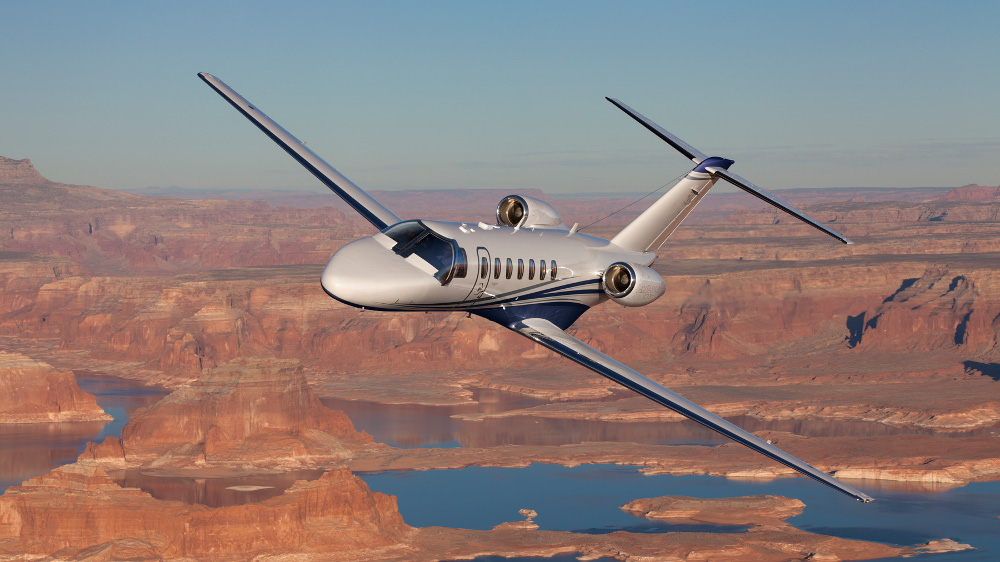
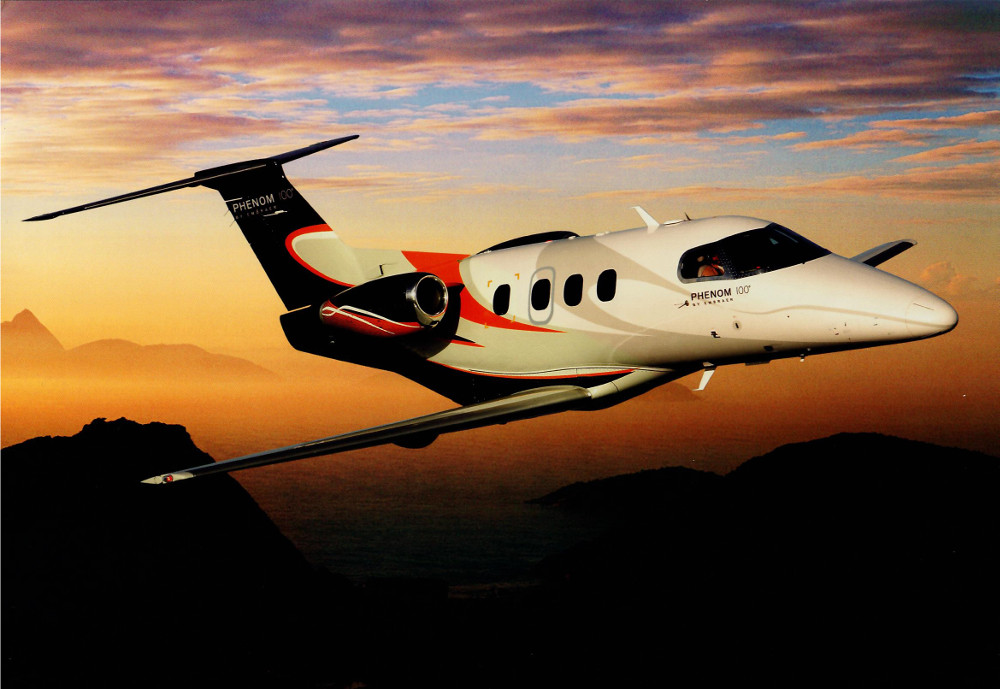
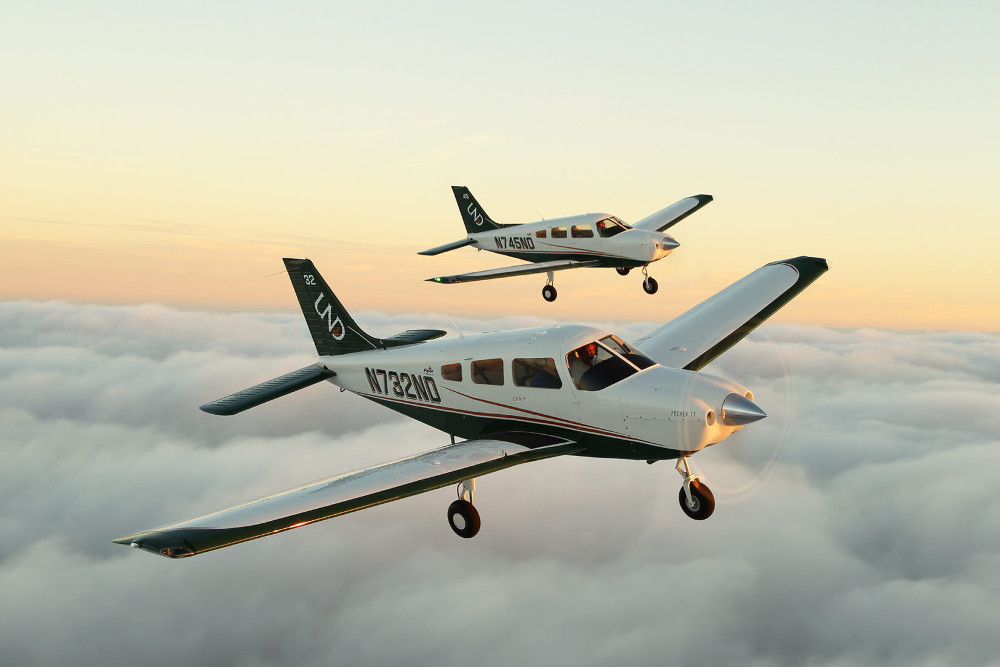

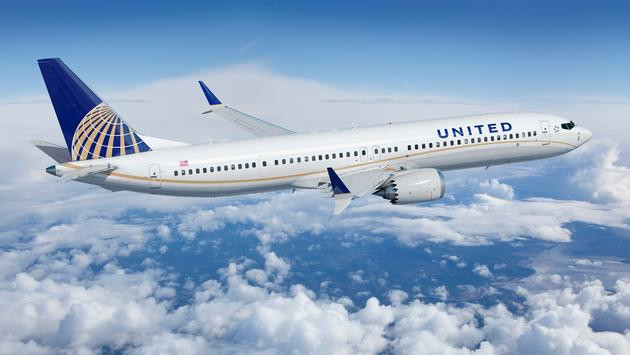

An ATPL (A) pilot certificate gives you the same rights as a LAPL (A), PPL (A), and CPL (A) certificate.
In addition, an ATPL (A) certificate entitles you to serve as commander or copilot on any aircraft type or class you are trained on, including in commercial operations.
For this pilot certificate, the same prior knowledge as for CPL (A) applies, and in addition, you must have extensive flight experience with a minimum of 1.500 hours as pilot.
To apply for an ATPL (A) pilot certificate, you must be 21 years of age.
You must be the holder of “Medical Class 1”.
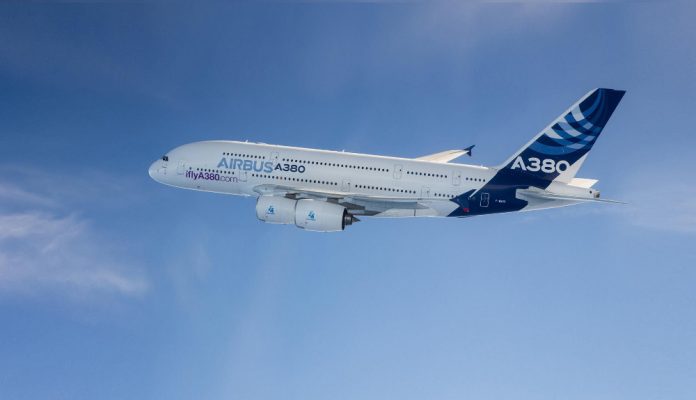
Theory course:
You must have completed and passed an ATPL (A) theory course. This course contains the same subjects as the theory course for CPL (A)/IR.
Radio course:
Applicants for ATPL(A) must hold a GEN radio license, but since applicants already hold a CPL (A) with GEN radio license, there is no further radio course for ATPL (A).
Practical training:
In order to obtain an ATPL (A) pilot license, no specified practical flight training is required, but applicants must have at least 1.500 hours as a pilot, of which a minimum of 500 hours must be obtained during multi-pilot operations.
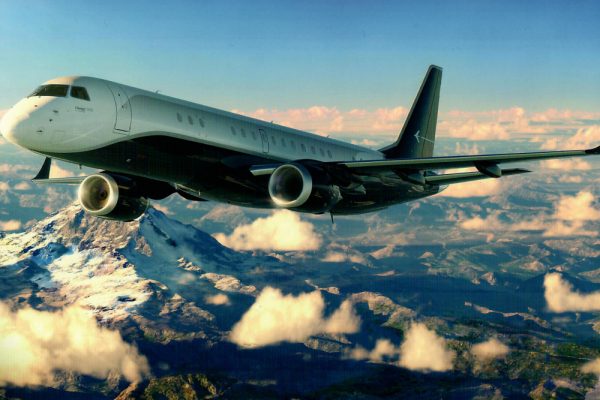
December 27. 2019
Here the same conditions apply as for CPL (A).
ATPL (A) is the “final certificate” for pilots and cannot be extended to a higher certificate.
The CPL (A) Pilot Certificate gives you the same rights as a LAPL (A) and PPL (A) certificate, and in addition, the CPL (A) gives you the right to serve as commander of any single-pilot airplane (airplanes that may operate with only one pilot) in the context of commercial aviation (flight with paying passengers or cargo).
On airplanes that only may operate with two pilots and which carry out commercial operations, you may only act as copilot with a CPL (A) certificate.
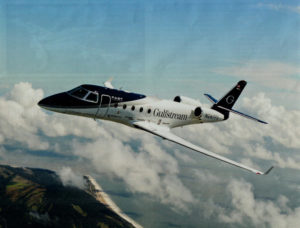
There are no formal requirements for school education, but as a CPL (A) student, you must have good knowledge of math, physical and english. In addition, you must hold a PPL (A) certificate and have a minimum of 150 flight hours as a pilot.
To apply for a CPL (A) pilot certificate you must be 18 years of age.
You must hold a “Medical Class 1”.
A color sense defect will often cause you to fail meeting requirements for obtaining an instrument rating, and without instrument rating, the use of a CPL (A) pilot certificate is limited.
Training program for CPL (A) consists of a theory course, a radio course and practical flight training.
Theory course:
The theory course for CPL (A) includes teaching in the following subjects:
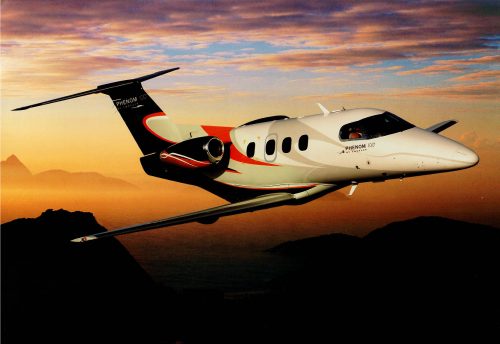
The theory instruction takes place mainly as self-study at home together with some class lessons. Teaching books are mainly in English, while class instruction takes place in either Danish or English.
Each subject will be completed with a theory test in that subject.
Radio course:
If you have not already obtained a radio certificate of the type “GEN Radio Certificate” in connection with the PPL (A) training, you must perform radio course for “GEN Radio Certificate”.
This radio course includes teaching in:
In addition there will be exercises in transmitting and receiving aviation radio communication with English speech. The course concludes with exams in the following:
Practical training:
The practical flight training for CPL (A) consists of a minimum of 25 hours of dual flight maneuvering, which is flight with an instructor. If you have not already acquired night rating, you must complete a 5-hour night rating training.
The practical flight training usually takes place in smaller 2- or 4-seat single-engine airplanes with retractable undercarriage and variable pitch propeller. It is a more advanced aircraft than the airplanes normally used for PPL (A) training.
The validity and renewal of a CPL (A) pilot certificate is similar to a PPL (A) certificate.
If you work as a pilot in a charter- or airline company that performs commercial operations, you must perform a flight test internally in that company every six months.
A CPL (A) pilot certificate can be extended with e.g:
December 27. 2019
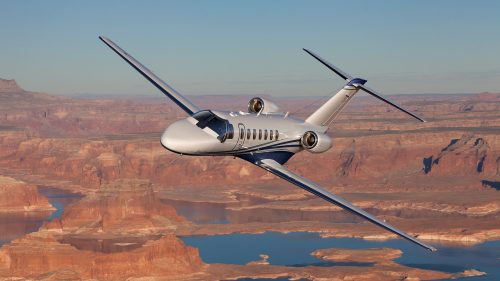
A PPL (A) Pilot Certificate gives you the right to serve as Commander or Copilot on any airplane on which you are trained – small or large – in non-commercial operations.
You can use a PPL (A) certificate for both private and business flights with family, friends, colleagues or customers in a company you may be employed with (corporate flight).
A PPL (A) pilot may not receive remuneration for flights, as this requires a commercial CPL (A) certificate. However, it is permissible to share the cost of the flight with those on board.
If you want to fly an airplane of a different class or type, than used during your flight training and for the practical skill test, it requires some difference training to that airplane.
Flying at night or under instrument weather conditions (poor visibility or fog) requires you to perform 5 hours of night training or instrument rating training, respectively.
There are no special requirements regarding school education for this pilot certificate.
Issuing of a PPL (A) Pilot Certificate requires that you have passed a medical examination by an aviation doctor.
If you only want to fly smaller airplanes with a maximum take-off weigth of 2000 kg., you must meet the medical requirements for “Medical LAPL(A)” – otherwise you must meet medical requirements “Medical Class 2”. If you have passed “Medical Class 1”, which is required to obtain CPL (A), you also meet the medical requirements for PPL (A).
Medical approval must be renewed every 1.-5. year depending on Medical Class and age.

You do not necessary have to be a “superman” to pass this medical exam. If you wear glasses, have a slight hearing loss, color sense defect or similar, it does not nessesary mean that you cannot pass the medical examination.
There is no minimum or maximum age limit for initiating PPL (A) training.
However, the minimum age for solo flying is 16 years and the minimum age for issuing a PPL (A) pilot certificate is 17 years.
Training program for PPL (A) consists of a theory course, a radio course and practical flight training.
Theory course:
The theory course comprises approx. 75 hours of class instruction in the following subjects:

In addition to class instruction, you should expect some homework with solving tasks. The theory course concludes with a theory test in all subjects.
A theory test consists of approx. 16 tasks of the multiple choice type, and you pass the exam by having at least 75% correct answers.
Radio course:
The radio course includes teaching in:
In addition, there will be exercises in transmitting and receiving aviation radio communication in either Danish or English as you wish.
The course concludes with a minor written exam and an oral exam in radio communication.
Practical training:
Practical flight training consists of a minimum of 45 hours of flight maneuvering, of which at least 25 hours must be dual training (here you fly with a flight instructor) and at least 10 hours be solo flying (here you fly on your own).
This flight training normally takes place in smaller 2- or 4 seats single-engine airplanes, and it includes:
The training concludes with a practical skill test.
A PPL (A) pilot license for single-engine airplanes is valid for 2 years. Before expiry, the certificate can be renewed for a new two-year period. This is done by conducting a training flight of at least one hour duration with a flight instructor.
There is no requirement that you fly a minimum number of hours per year, but if you have flown less than 12 hours in the last year of the two-year validity period, you must perform the training flight with an instructor certified as an examiner.
A PPL (A) certificate can be extends with e.g:
These rights gives the PPL(A) certificate greater usefulness.
A PPL (A) pilot certificate is a basic certificate which, upon further training, can be expanded to a CPL (A) certificate.

December 27. 2019
The LAPL (A) gives you the right to serve as commander of all single-engine piston airplanes with a maximum take-off weight of 2000 kg for which you are trained.
The LAPL (A) pilot certificate must not be used for commercial flights, and after the pilot certificate has been issued, you must have completed at least 10 hours as commander before carrying up to 3 passengers.
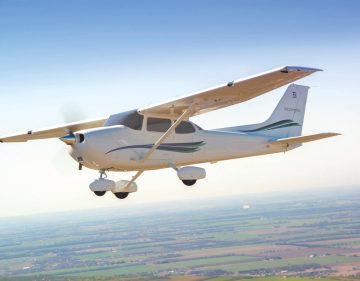
The LAPL (A) pilot certificate can be used for private flights with family, friends, colleagues or customers of a company that you are employed with (company flight). LAPL (A) pilots may not receive remuneration for flights as it requires a Commercial Pilot Pilot certificate (CPL). However, it is allowed to share the cost of the flight with those on board.
Flying with aircraft of a different class / type than that used during the training and for the practical skill test, requires training and a smal flight test for a different class / type.
Flying at night requires 5 hours of night training.
Flight under instrument meteorological conditions (IMC) is not allowed with a LAPL (A) pilot certificate.
There are no special requirements regarding school education.
Issuing of a LAPL (A) Pilot Certificate requires passing a medical examination by an aviation doctor.
Minimum health requirements for “Medical LAPL (A)” must be met. If you have passed “Medical Class 1” (which is required to obtain CPL (A)) or “Medical Class 2”, you will automatically meet the health requirements for LAPL (A).
Medical approval must be renewed every 1-5. years depending on age and Medical Class.
You do not necessarily have to be a “superman” to pass the medical exam. Using e.g. glasses, color sense defect, minor hearing loss or the like, do not automatically mean that you cannot obtain health approval for this pilot pilot certificate.
There are no minimum or maximum age limits for initiating LAPL (A) training.
The minimum age for solo flying is however 16 years, while the minimum age for issuing a LAPL (A) is 17 years.
There is no maximum age limit for exercising of LAPL (A) rights.
Training program for the LAPL (A) pilot certificate consists of a theory course, a radio course and practical flight training.
Theory course:
The theory course comprises approx. 75 hours of class instruction in the following subjects:
In addition to class instruction, you must expect some homework with solving tasks. The theory course concludes with a theory test in all subjects.
A theory test consists of approx. 16 questions of multiple choice type. You pass a test by having at least 75% correct answers.

Radio course:
The radio course includes teaching in:
In addition, there will be exercises in transmitting and receiving aviation radio communication. You can choose between Danish or English radio communication as you wish.
The course concludes with a minor written exam and an oral exam in radio communication.
Practical training:
Practical flight training consists of a minimum of 30 hours of flight training. Of these, at least 15 hours must be dual instruction (you fly with a flight instructor) and at least 6 hours must be solo flying (you fly alone).
Practical flight training usually takes place in smaller 2- or 4 seats single-engine airplanes and includes:
The training concludes with a practical flight test.
A LAPL (A) pilot license for single-engine airplanes has a validity of 2 years.
Before the end of the two-year period, the pilot certificate may be renewed for a new two-year period. This can be done by performing a training flight of at least one hour duration with a flight instructor.
There is no requirement that you fly a minimum number of hours per year, but if you have flown less than 12 hours in the past 24 months, you must do a training flight with an examiner or fly the missing hours of the 12-hour requirement under guidance by a flight instructor.
Your LAPL (A) pilot pilot certificate can be extended to PPL (A) through additional pilot training.
December 26. 2019